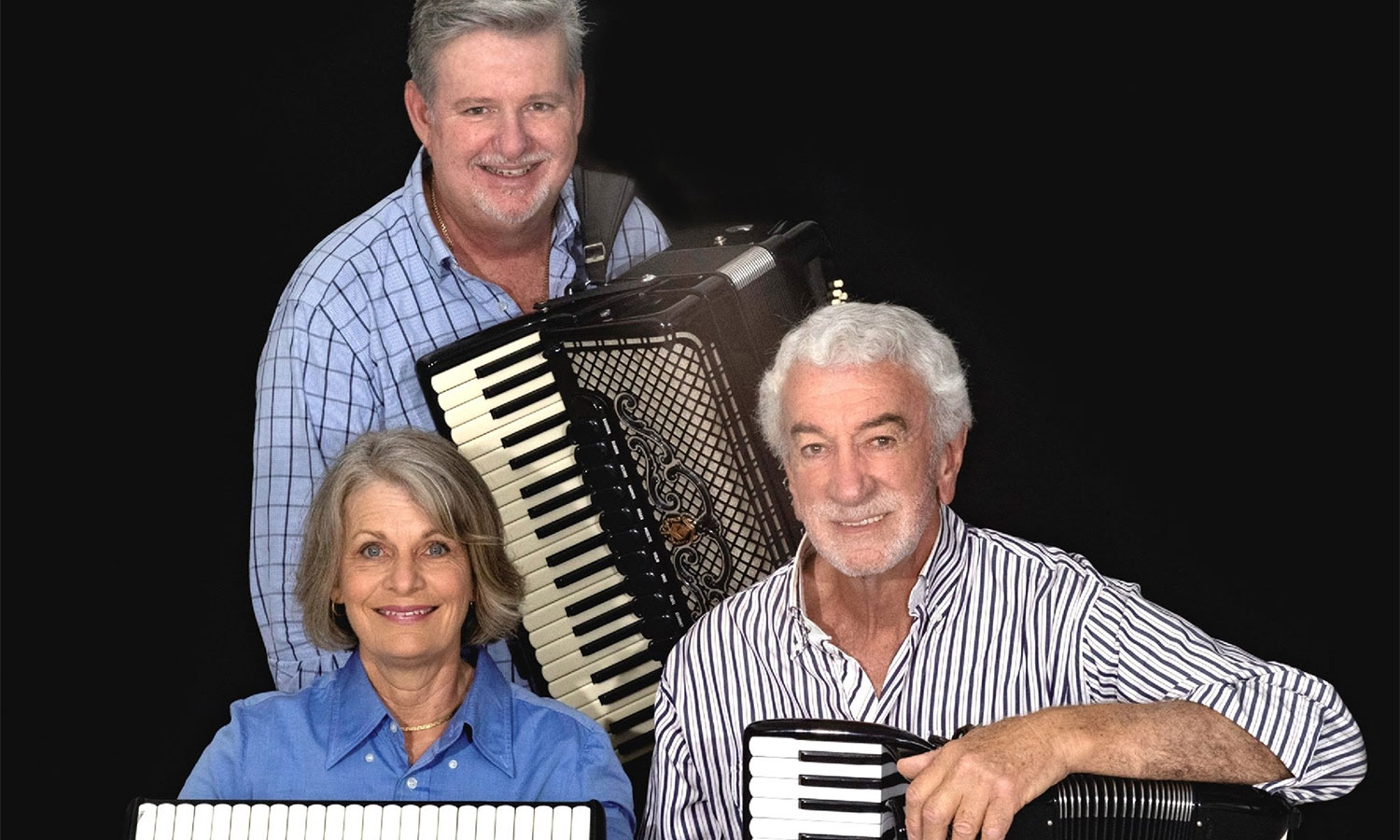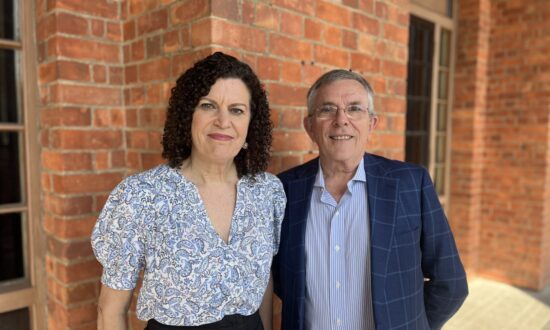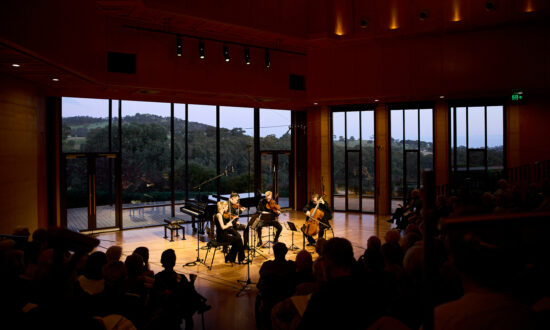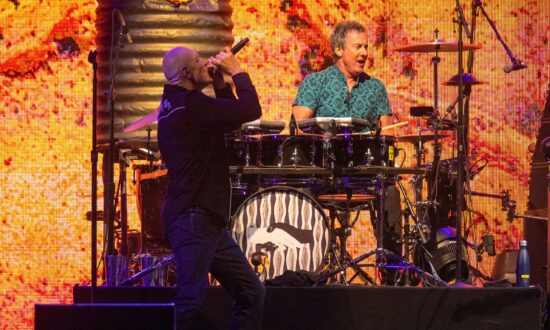Earlier this year ABC Classic released a recording of my Stradella Suite, a 30-minute, six-movement suite for stradella piano accordion trio that it had commissioned as part of the ABC’s 2022 Composer Commissioning Fund.
To the best of my knowledge this is a notable work in that it is Australia’s first serious art music composition for such an ensemble.
The stradella piano accordion achieved prominence during the 20th century through the individual prodigious talents of Guido Diero, Pietro Frosina and Charles Magnante. In the US, and also in Australia, there was such interest in the instrument that established bands and orchestras grew from accordion schools.
Bands, along with solo, duet and small group performances featured in concerts devoted solely to the accordion. For instance, the Italian émigré and accordion virtuoso Osvaldo Mazzei (1913-2017), known simply as Ossie, had by 1962 developed a successful teaching studio in Brisbane’s Fortitude Valley from which an orchestra of 80 accordionists had formed.
Yet this is an instrument tarnished by an enduring and gravely erroneous stereotype – that it is merely a light instrument, capable only of comedic gimmicks and vaudeville acts. More, its chordal bass system is, among contemporary art music composers, often misinterpreted as harmonically limiting, unable to support atonal or chromatic writing styles. As such, it is seldom heard in concert halls today.
This is a terrible shame. My experience has been that the stradella instrument affords great artistic reward. Furnished with its fixed yet unique buttonboard and its registers of varying timbres, as well as depending upon the flow of air, it is best likened to a handheld pipe organ.
There can be no doubt that this view has influenced Stradella Suite, which has been amplified threefold. Like the pipe organ or a mixed-voice chorus, the accordion trio offers the composer a myriad of musical possibilities within a framework of concrete parameters. A musical puzzle, it is best explored and solved alongside those who are its specialists.
I was fortunate to consult with Fisarmonica Amici’s Nerida Farmer, John Cave and (my father) Bradley Voltz during Stradella Suite’s composition, and to refer to dad’s doctorate on accordion practice. Their insights increased the work’s quality and their pioneering virtuosity then brought these six movements to life. I am convinced that there is not another ensemble in Australia that could have achieved what they did (although I am happy to be proved otherwise).
Stradella Suite comprises six movements. An introduction and epilogue bookend three dances: Grande Valse, a waltz; Vacanza Cubana, a tango; and Toorak Trot, a polka; as well as a more introspective penultimate movement, Poema.
Introduzione, Poema and Epilogo are more concert-like in conception, whereas the three dances are (perhaps somewhat ironically) comic and light, each suited to stand-alone radio broadcast. For while each movement expands upon preconceived notions of what is idiomatic for stradella accordion, Stradella Suite does not ultimately reject these notions. Grande Valse is principally a waltz, but it is a waltz constructed from a fresh approach to stradella accordion writing. The same could be said of Vacanza Cubana as a tango and Toorak Trot as a polka.

Get InReview in your inbox – free each Saturday. Local arts and culture – covered.
Thanks for signing up to the InReview newsletter.
In this light, Stradella Suite succeeds as a work that is accessible for traditional and curious audiences alike. Indeed, to completely depart from an accordionistic style – and that is not at all to say that much distance cannot first be traversed before such a departure even begins to resemble completion – seems ill-advisable. The accordion most succeeds when music’s foundational pitch parameters of melody, harmony and counterpoint are embraced and expanded upon.
My hope is, in the wake of Stradella Suite, that more composers will begin writing for the stradella piano accordion. This is an instrument that maintains the serious, concert-hall appeal that propelled it to popular heights during the 20th century. It is an instrument of both musicianship and virtuosity, and it is an instrument that deserves its renaissance.
Alexander Voltz is a composer and founding music editor of Quadrant. He is the winner of the symphonic category of the 2024 George Enescu International Competition in Bucharest.
Support local arts journalism
Your support will help us continue the important work of InReview in publishing free professional journalism that celebrates, interrogates and amplifies arts and culture in South Australia.
Donate Here




